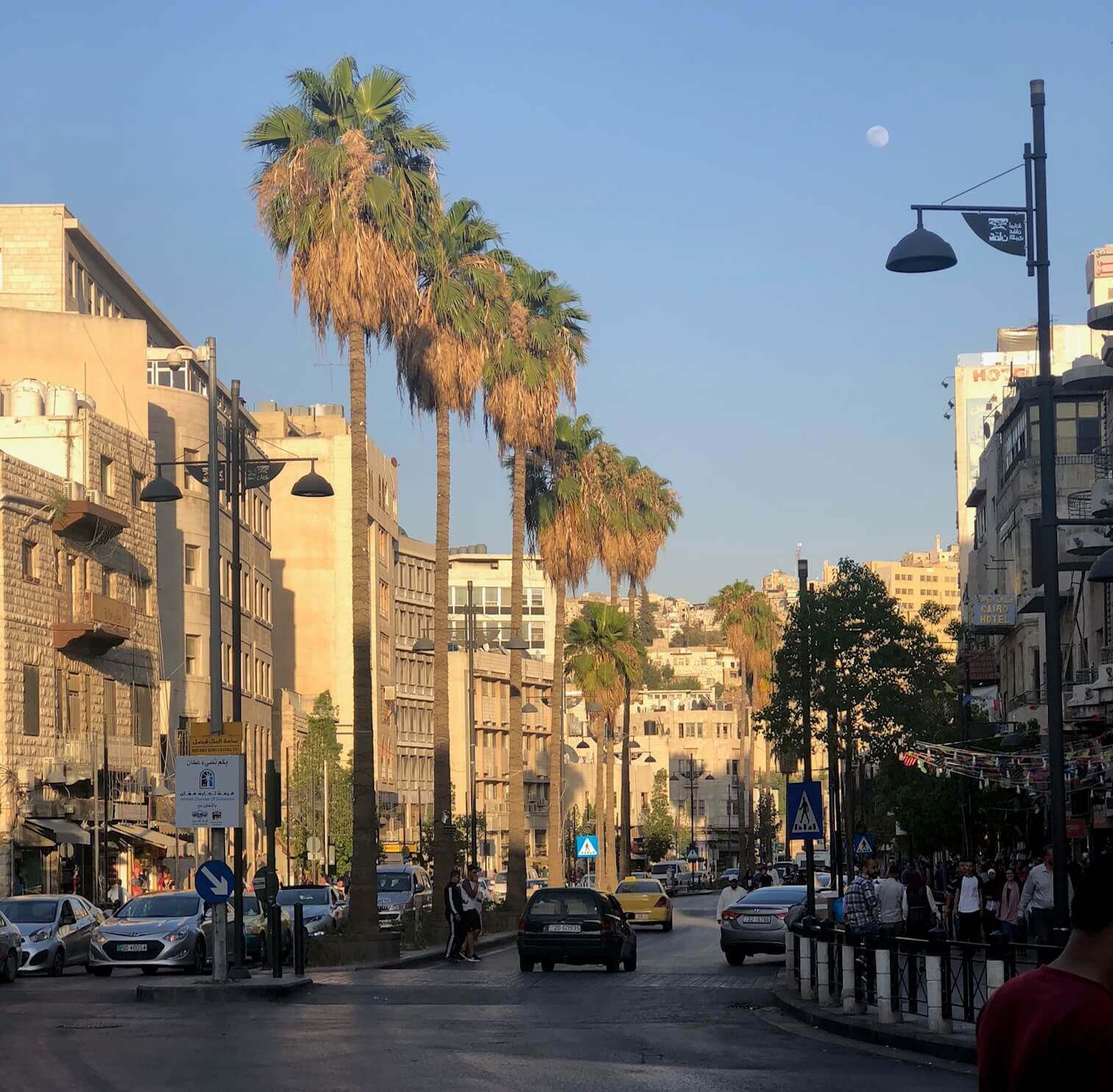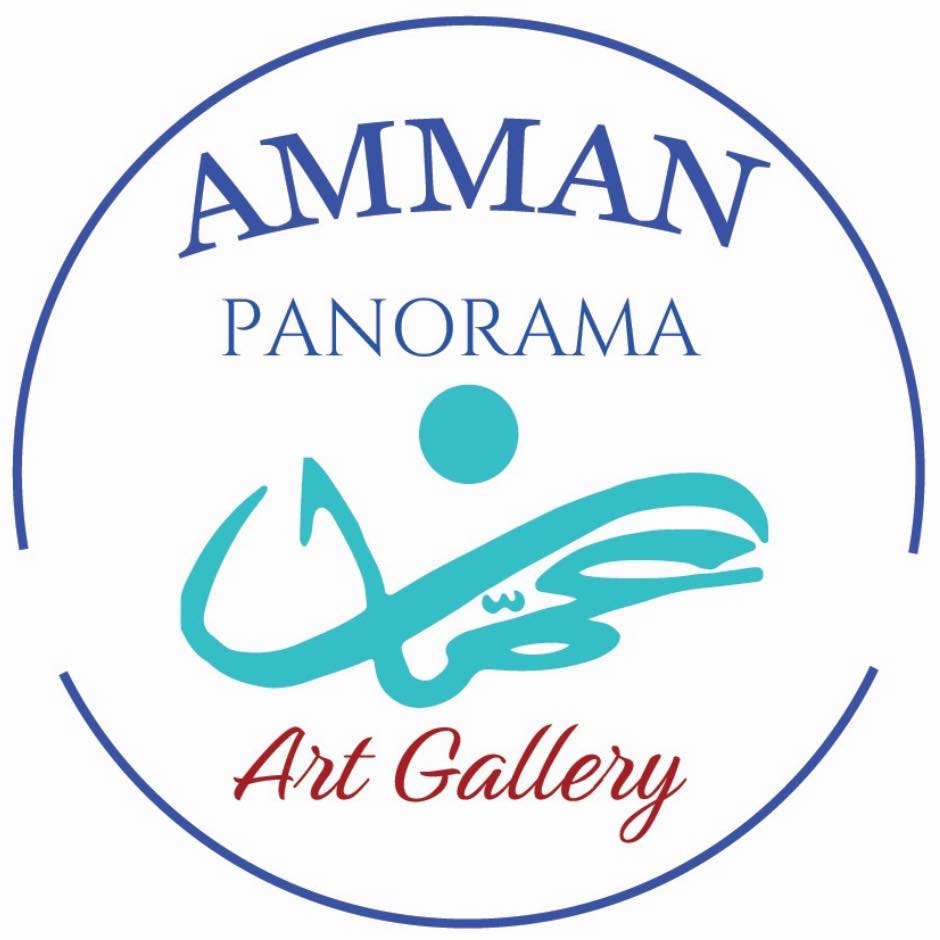
Start at the citadel, called Jebel al-Qala'a, from which you can enjoy a fascinating panoramic view of the Former 7 Hills of Amman. On the highest terrace of the citadel hill are parts of the Omayyad palace, Al Qasr, and not far from it, rise the mighty columns of the former Hercules temple in the sky. On the circular route you will visit the archaeological museum, which presents finds from a period of over 50,000 years. From this vantage point we can see a wide panorama of Amman, from the wealthy suburbs of Jabal Amman in the West, right across to the 3500 year old city that Kingdome of Ammon established. It's the ideal place to understand Amman's significance in the region, and to all Jordanians."
(A historical briefing by the guide could be planned on the citadel, depending on the Weather conditions).
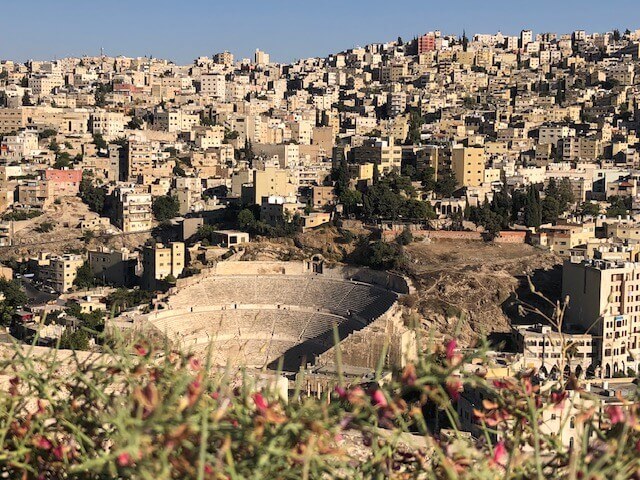
As long as this place was interesting for people, they settled here already at the Stone Age, here they manufactured hand axes, here they created artifacts, which are still highly artistic today. 8,000-year-old figures from the Neolithic settlement of Ain Ghazal witnessing the artistic characteristics of the civilizations lived here.
We walk to Amman downtown, which is referred to as “Wast Al Balad”, which made up Amman until 90 years ago, before the construction boom broke out. Today, 5.4 million people live in the new neighborhoods, mainly immigrants from the Caucasus, Armenia, Palestine, Iraq and currently from Syria.
2 hours walk from the Citadel through one of Amman's oldest neighborhoods is planned for beautiful snapshots, it highlights the top experiences of the old town. On the way visit Amman Panorama Art Gallery and heritage house, in three of Amman's oldest houses where you can have a cup of Arabic coffee with Jordanian dates or enjoy tea with typical Jordanian flavors, talking to local artists.
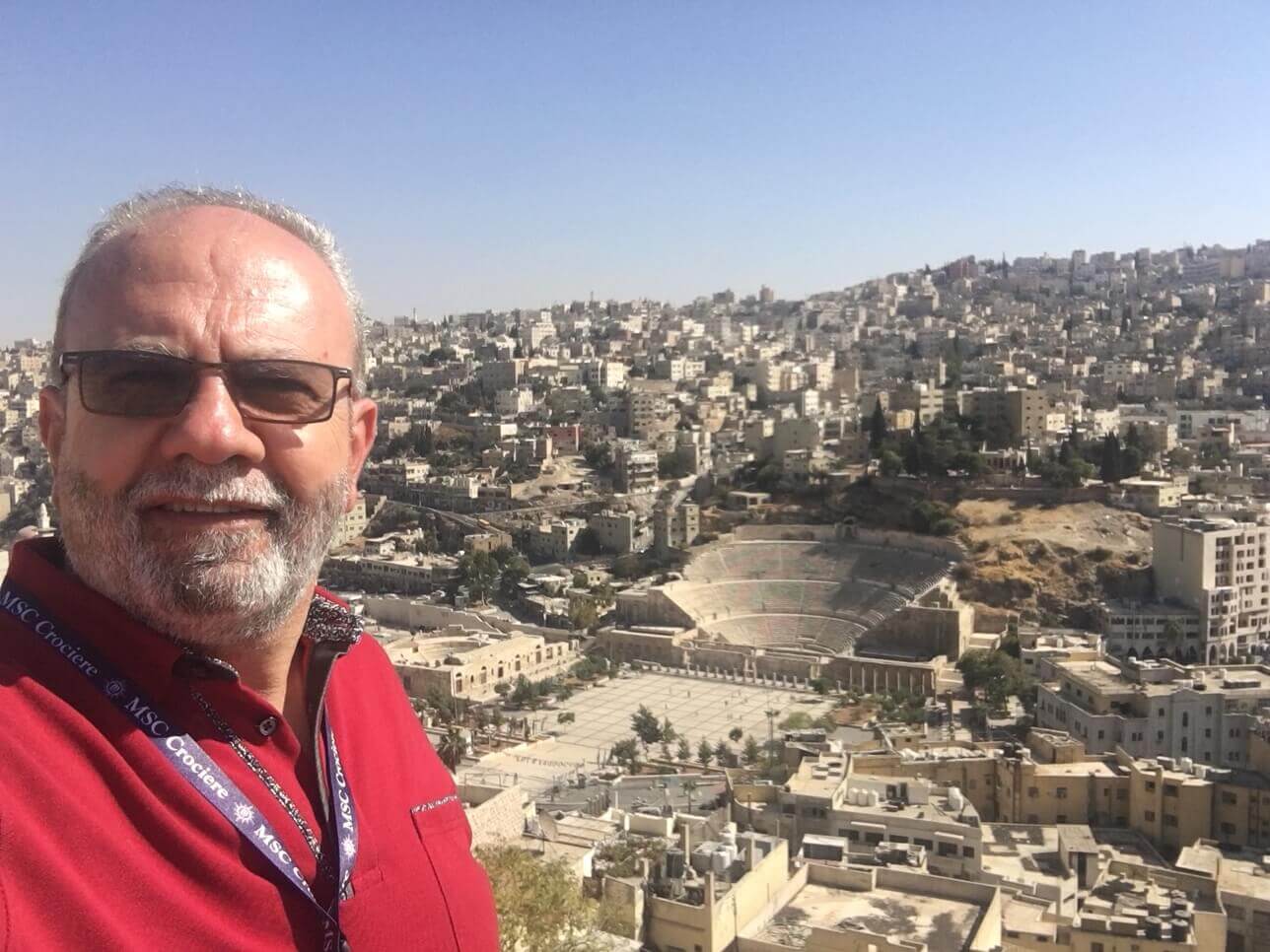
Next to the art gallery is the most significant construction in the old town, the astonishingly well-preserved Greco-Roman theater, with its six thousand seats in the southeast of the city. The fruit and vegetable market lure us. We go past spice shops, clothing stores for child, man, woman bring us closer to the city.
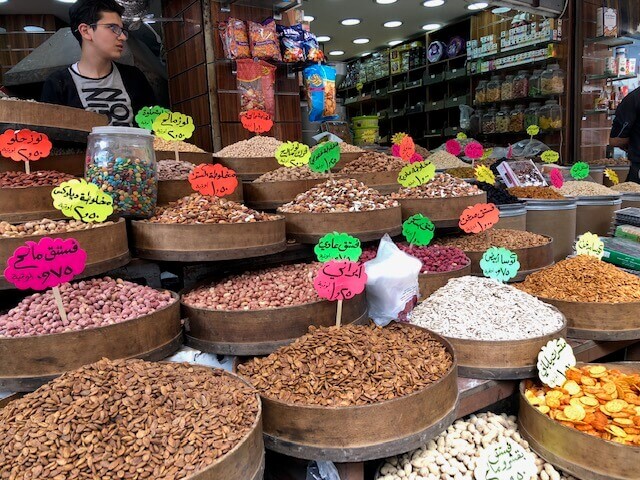
Not far away is the Al-Husseini Mosque, the gold dealers, perfumeries offer original Jordanian fragrances with a special oriental touch. Shawarma, Hummus & Falafel shops are to be discovered almost every corner.
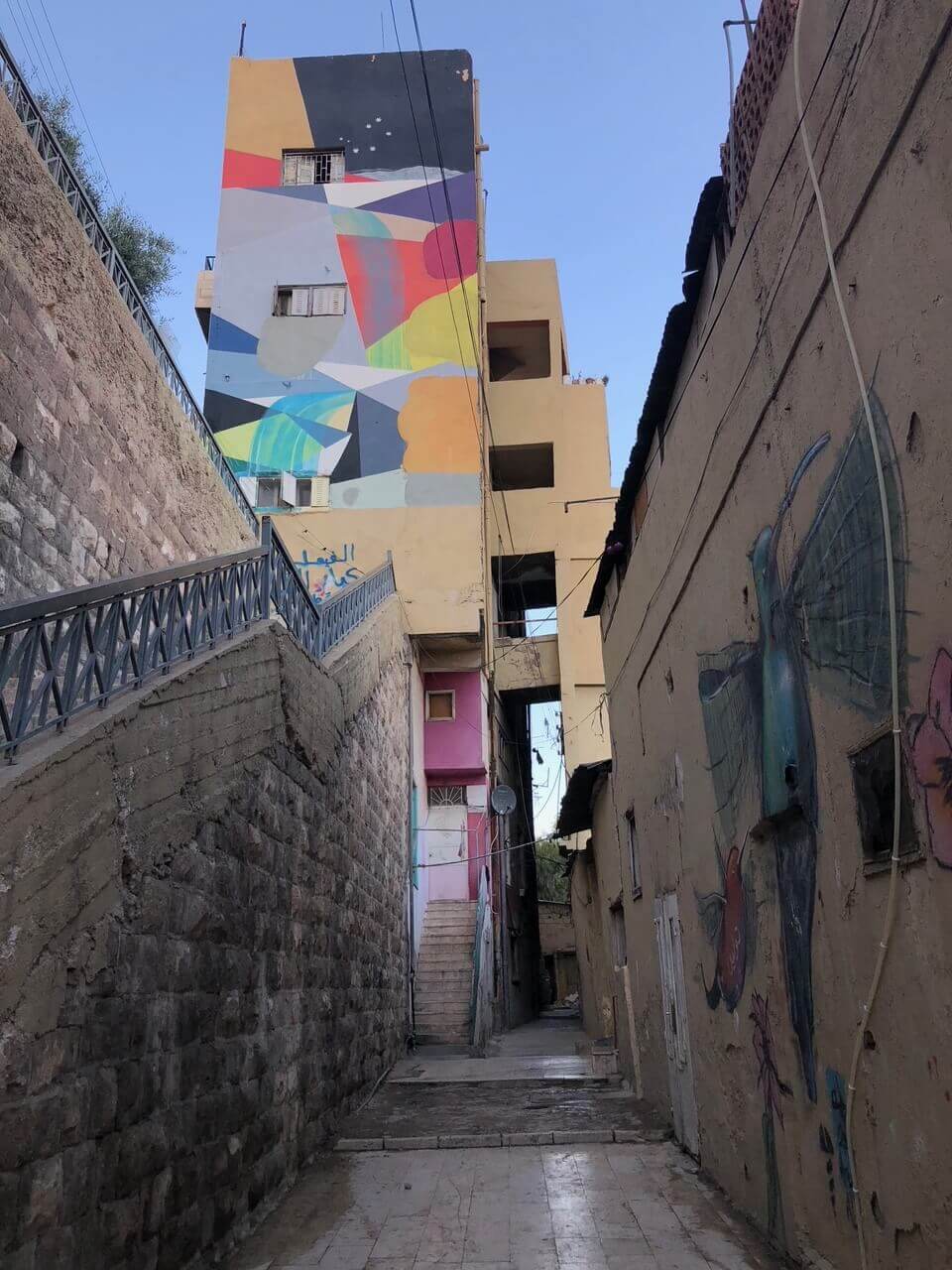
Not to mention the sweet shops, famous for “Knafa”, a traditional Arab dessert made with thin noodle-like pastry, or alternatively fine semolina dough, soaked in sweet, sugar-based syrup, and typically layered with cheese. This is a much frequented area by ordinary Jordanian people - not many tourists. Locals do their daily shopping at the food market, with produce from the valley of the River Jordan, to the north of the city, and fruit from as far away as the Far East and South Africa.
